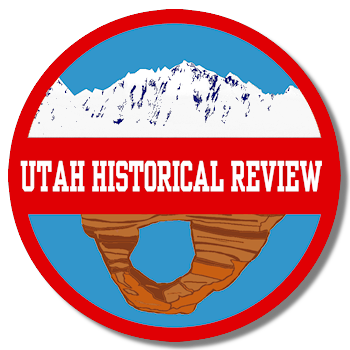The Evolution of the Great Lakes’ Forests: Terror to Treasure
 Camden Burd
Camden Burd
University of Utah
Member ΦΑΘ–ΑP
Published in Historia: the Alpha Rho Papers, Vol II.
The story of the Great Lakes, as defined by those who sought to control it, is one ranging from terror to treasure. Man’s approach with the American natural world has been a continual change throughout the past two centuries. In no area is this more apparent than the in Great Lakes region of the United States. First offering opportunities of cheap farmland for settlers, the land later provided for a greater demand for lumber. As settlers tried fit the land to their needs, their ideas and perceptions about that land changed. Originally the wilderness inspired sentiments of terror. As time and technology progressed those sentiments were transformed into exploitation and ultimately conservation. The need for conservation was required to protect the economic stability the landscape had defined for its inhabitants.
This essay identifies and approaches the major themes and changes in environmental perception. Using the environmental histories of the Great Lakes region, as well as Thomas Cox’s This Well –Wooded Land: Americans and their Forests from Colonial Times to the Present and Michael Williams’ Americans and their Forests, as well as various journal entries of original pioneers, including Alexis de Tocqueville’s first-hand experience in the Michigan wilderness, this paper argues the human experience in the Great Lakes landscape has changed drastically over time. As the needs and perceptions of the inhabitants change, so too, does the use of the land. The Great Lakes region is a complex story of the land and its people. Their ideas have changed from terror of isolation to an attempt to treasure valuable economic resources. Ultimately, the Great Lakes landscape is scarred by the ideas and goals the inhabitants attempted to impose on the land.
Buy a print version of the journal by clicking here. Read the Whole Paper Online






Recent Comments